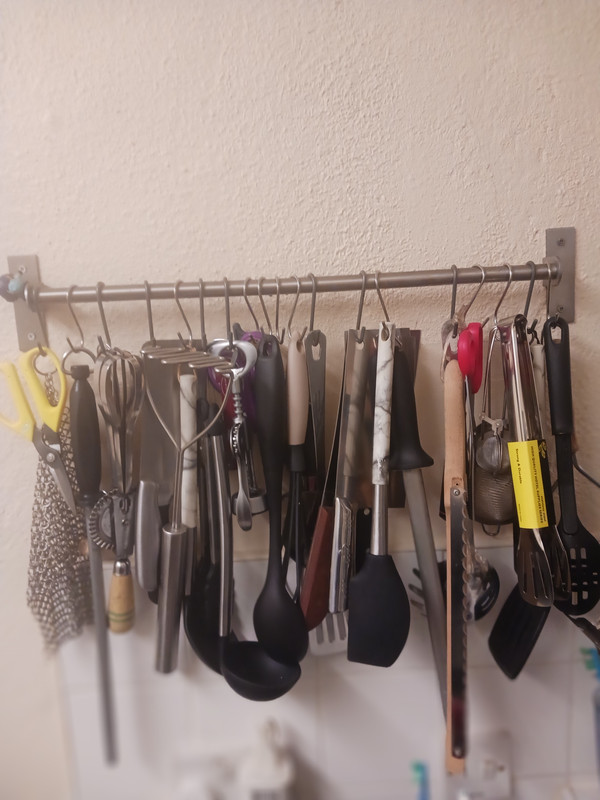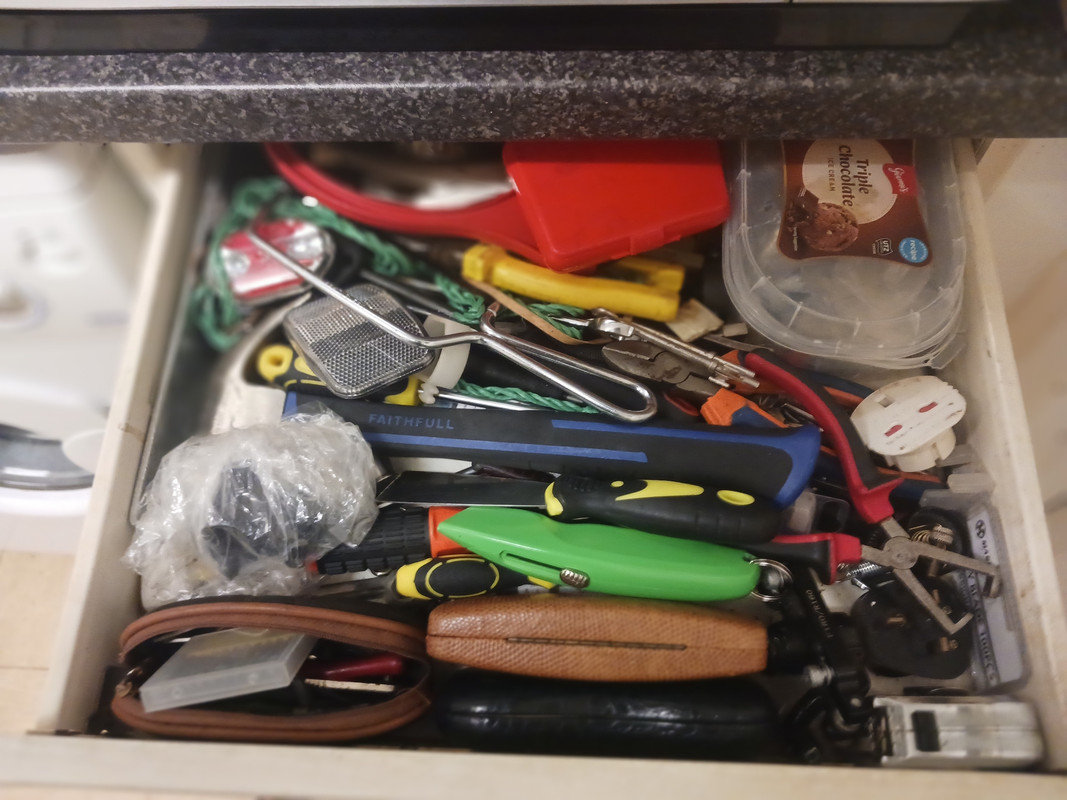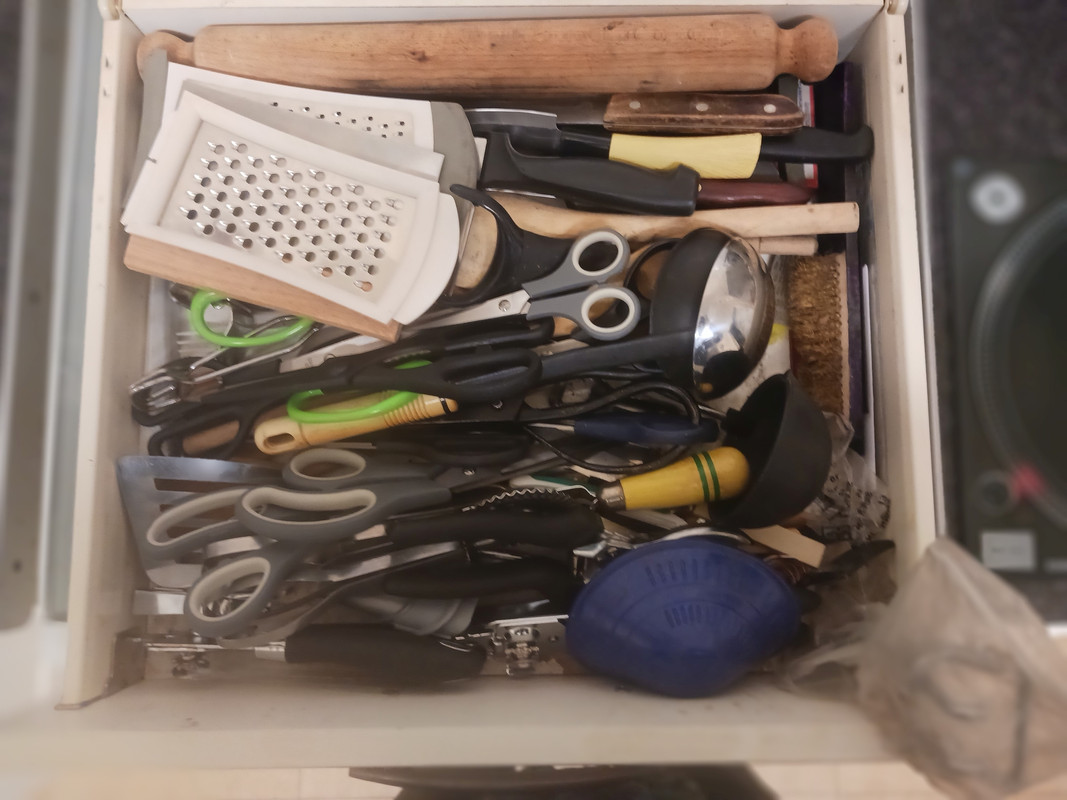I've found the use of a quality honing steel to be beneficial with a relatively narrow range of knife steels, such as the types seen in the vast majority of mainstream stainless kitchen cutlery. All of these steels comparable to something like 420HC at mid-high 50s HRC. All of which will likely produce burrs that will be ductile and capable of some realignment while still retaining enough edge strength to be useful in light-duty kitchen tasks, like cutting vegetables, fruits and meat on an edge-friendly cutting board.
When I've used a honing steel on such blades, I've been able to extend the useful life of an existing edge for several weeks of light kitchen duty before taking the edge back to a stone to reset it completely. And for a time, the edge of the blade seems to get a bit stronger and become more stable, up to a point. Past that point, the edge will become erratic and unstable, with widely-varying cutting performance from one cut to the next. I attribute that to an edge that's been bent back & forth too many times through the repeated realigning of thin edges over some time, after which the steel at the edge becomes weak & brittle. That's the sign I look for, to know when it's time to take the blade back to a stone to scrub off the damaged steel and reset a new edge.
For what it's worth, I use edge-leading passes at very light pressure, heel-to-tip, in a minimum number of passes per side, when steeling. And generally at an angle that's very close to the original sharpening angle. Whether any micro-beveling is happening at that angle, I don't know. But I can accept, if it's happening, it may also contribute to what I perceive to be an edge-strengthening effect for some time in the use of the honing steel.
I view a honing steel to be sort of a niche device. It's not going to work as well with many other steel types at higher hardness or with greater wear resistance, and it certainly won't be the best option for many. But within a narrow application of use, it has some obvious beneficial effects.
I use a Victorinox combination steel with both a finely grooved surface and a smooth surface on the one rod. I rely more on the grooved surface most of the time and it has worked well with the knives I use in the kitchen. I do believe it's critically important to use a honing steel of known good reputation, as many cheaper options are simply useless in my experience with them and will likely do more damage than good.



